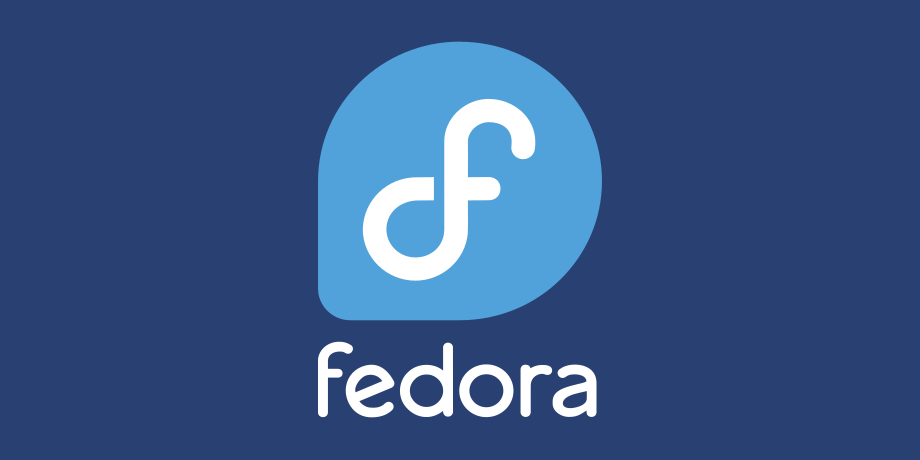Why I Switched from Kubuntu to Fedora KDE

The Journey from Kubuntu to Fedora KDE
For a long time, I was a Kubuntu user. It gave me the best of both worlds: the familiarity of Ubuntu’s ecosystem with the polished, highly customizable experience of KDE Plasma. It was my daily driver for five years, but like any tech enthusiast, I started to get the itch to try something new.
That’s when Fedora KDE caught my eye. I had dabbled with Fedora in the past, but I never fully committed. This time, I decided to take the plunge and see if Fedora KDE could offer me something that Kubuntu wasn’t.
Why I Made the Switch
1. Better KDE Implementation
Fedora KDE ships with a clean, vanilla version of KDE Plasma. Unlike Kubuntu, which sometimes lags behind on updates due to Ubuntu’s release cycle, Fedora keeps Plasma fresh and up to date. This means I get access to the latest KDE improvements much sooner.
2. More Cutting-Edge Software
Kubuntu follows Ubuntu’s LTS model, which prioritizes stability but often leaves users with outdated software unless they enable PPAs or Flatpaks. Fedora’s rolling nature for software (while still maintaining stability) ensures I’m always on the latest versions of key applications.
3. Better Out-of-the-Box Performance
I immediately noticed that Fedora KDE felt snappier than Kubuntu. Whether it’s better memory management or just Fedora’s optimizations, the desktop felt more fluid, with fewer hiccups or slowdowns.
4. dnf vs. apt – A Change I Was Ready For
I’ve used apt for years, and while it’s solid, I was interested in trying dnf. One thing I immediately liked about dnf is its color coding and the way it lists packages before installing. This makes it easy to see all dependencies upfront, which was particularly helpful when installing software groups like @virtualization. The ability to clearly review what’s about to be installed gave me a better sense of control over my system.
5. A Chance to Daily Drive Something Other Than Ubuntu
I wanted the opportunity to break out of the Ubuntu-based ecosystem and experience something different. While Ubuntu has been my go-to for years, Fedora gives me a fresh take on Linux with a different package management system and similar workflow.
6. Fedora's Business & Enterprise Appeal
Fedora serves as the upstream for RHEL, which has wide enterprise adoption. Its more stable, methodical approach to updates makes it an appealing option, especially as I look at Linux from both a personal and professional perspective.
What I Like So Far
- Rolling KDE updates – No more waiting for Ubuntu’s next release to get the latest KDE features.
- Better integration with Flatpaks – I rely on Flatpaks, and Fedora makes them first-class citizens.
- Snappier overall experience – Applications and animations feel smoother.
Would I Recommend the Switch?
Absolutely—if you like KDE and want a fresher, faster experience, Fedora KDE is a fantastic choice. It offers an excellent balance between stability and cutting-edge software, and so far, I have no regrets about making the move.
Getting Started with Fedora KDE
If you’re interested in trying out Fedora KDE for yourself, getting started is pretty straightforward. Here are the basic steps:
- Download Fedora KDE – Head over to the official Fedora website and download the latest Fedora KDE spin.
- Create a Bootable USB – Use tools like Balena Etcher or Rufus to create a bootable USB drive.
- Try Before You Install – Boot into the live environment to test things out before committing to an installation.
- Install Fedora – Follow the simple installation process, which includes setting up your partitions, user accounts, and timezone.
Have You Made a Similar Switch?
If you’ve ever jumped from one Linux distro to another, I’d love to hear your experience! What made you switch, and did you stick with it? Drop a comment below!
